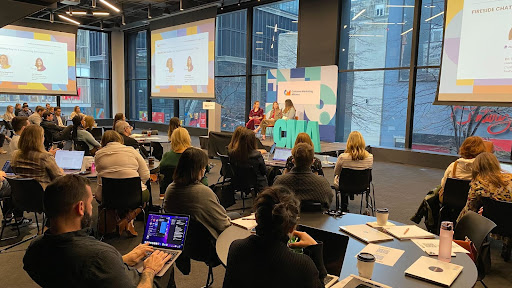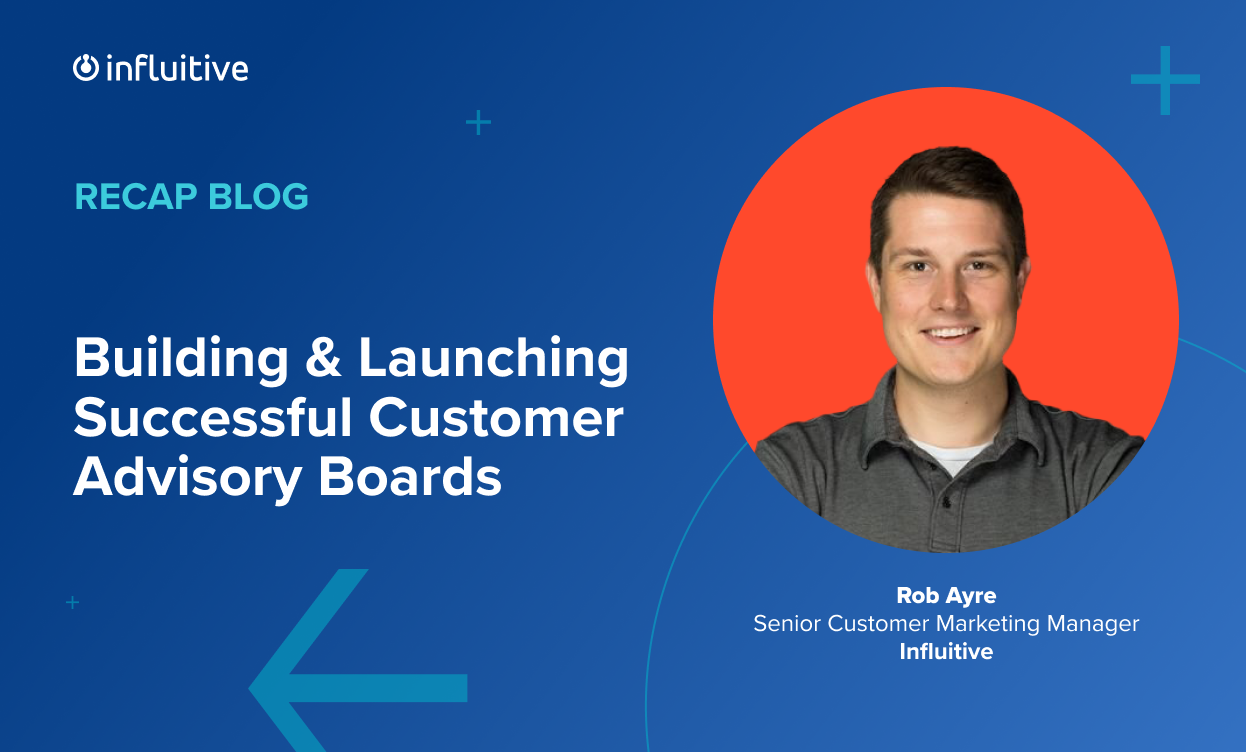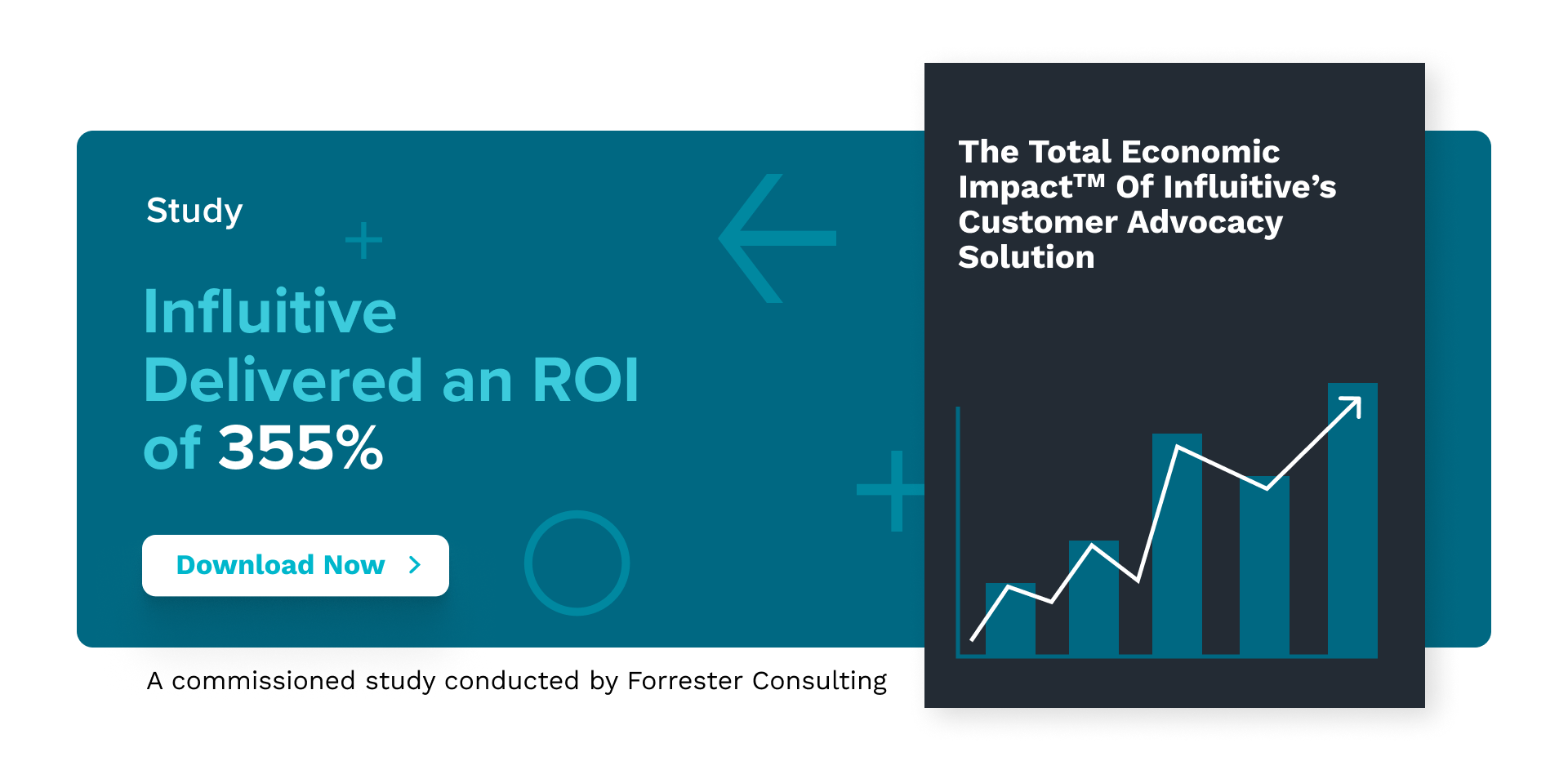Welcome to post #3 of our CMA recap series! Catch up on part 1 (aligning with customer success) and part 2 (measuring success and ROI).
If your 2023 planning includes launching – or revamping a CAB – Dr. Tiffany Raymond (head of Global Customer Advocacy at PayPal) and Jui Tamhane (Product Marketing Manager at Google) have you covered.
The pair discussed their experiences building and launching customer advocacy boards (CABs) within their respective organizations, and shared where to focus your efforts to drive the most value for both your internal and external stakeholders.
CABs are a great way to connect with customers and get their feedback on a variety of topics, from product insights to broader industry trends. But be sure to take the time during your CAB as a CMA pro to really listen to the feedback and insights of your members. This will open the doors for new engagement opportunities you wouldn’t have otherwise found for case studies, speaking engagements and more.
The first steps in planning a CAB can be daunting. There is a lot to consider and many stakeholders to win over. Not to mention, an entire day or more of engaging and value driving activity to plan. Dr. Raymond shared perhaps one of the best places for you to start as you build buy-in, clearly define what a CAB is and what it is not.

Avoiding misunderstandings and setting clear expectations will help all involved parties to build in the same direction.
For the PayPal team, that meant that all stakeholders needed to understand that the CAB is NOT a sales pitch, but instead, is the opportunity to build a community of high value customers across verticals.
On the note about being cross-vertical. Interestingly, Dr. Raymod and team keep their CAB membership non-competitive (members are not in the same industry) so that members feel comfortable sharing their experiences and insights without fear of giving away trade secrets or other sensitive information. This might work for your CAB, but depending on your customer base you may want some overlap to help in the exchange of best practices and inspiration.
Building buy-in for a CAB within an organization can be a challenge, but both Tiffany and Jui offer great advice on what to consider.
Here are their top 5 recommendations:
- Focus on what’s in it for each internal member – will you be driving outcomes that are directly related to your stakeholders’ OKRs?
- Be prepared to constantly re-educate. Throughout the planning process, after every CAB and as you reiterate for your next CAB, be prepared to constantly reeducate and inform your stakeholders on what the program is focused on and why they’re involved. Your stakeholders aren’t spending all their time thinking about your CAB, so be sure to regularly circle back and continue fueling the fire.
- Has a CAB been tried at your organization in the past – why did or did it not work? The answer to those questions will come up as your roadshow and build internal buy-in.
- Launch a pre-CAB survey – we all do surveys following a CAB but be sure to ask your CAB members ahead of the session what they want to get out of it. The CAB is for them as much as it is for you so involve them in your plans!
- Include both Qualitative and Quantitative measurements when reporting back to stakeholders. Be sure to set out your Quantitative measurements ahead of time and agree on those goals with stakeholders. But when you’re presenting your post-event coverage, be sure to include quotes from your members and the specific ideas they brought up during the session that will help your teams move the needle.
If there is one thing to remember as you plan out your CAB in the coming year, the voice of your CAB members is for EVERYONE and not just your product team members.
It is our job as CMA pros to lift those customer voices and get them into the right hands to be leveraged and turned into magic!
Keep your eyes peeled for part 4 of our series on how to build a customer-led marketing strategy.












































